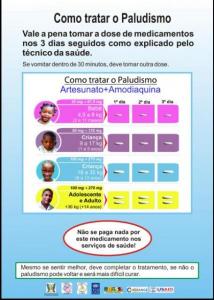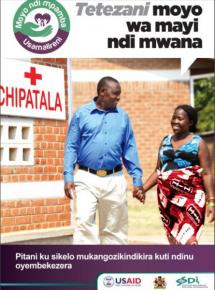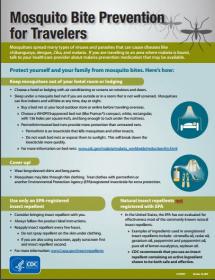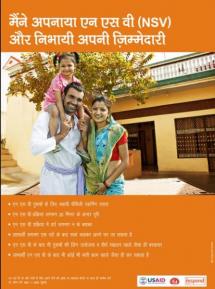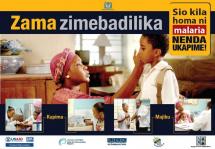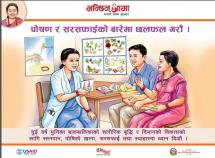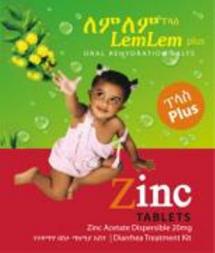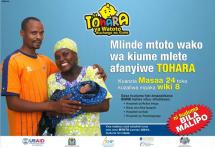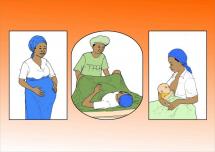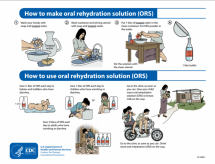Malaria Treatment Poster [Sao Tome & Principe]
In this project in 2011, the goal was to create a set of materials for malaria prevention and treatment. Flyers, posters, and radio spots were developed for parents and health workers, on malaria prevention and treatment for Sao Tome and Principe. The radio spots were geared towards parents and focus on nets, spraying, care-seeking, and drugs/treatment. This treatment poster describes the correct treatment regimen for people at various ges.
Source: FHI 360
Date of Publication: March 25, 2019
SIMILIAR RESOURCES
Tools
Examples
- Community Communication MNCH e-Manual: Participatory Health Promotion Sessions
- Men's Reproductive Health Curriculum
- Promoting the Health of Men who Have Sex with Men Worldwide: A Training Curriculum for Providers
- Guidelines for the Use of Antiretroviral Agents in HIV-1-Infected Adults and Adolescents
- SBCC for Malaria in Pregnancy: Strategy Development Guidance
- Toolkit for Transition of Care and Other Services for Adolescents Living with HIV
- How to Support Displaced Populations' Mental Health during Lockdown
- Measures to Ensure the Continuity of the Response to Malaria in the Americas during the COVID-19 Pandemic
- Springboard Webinar: How to Capture and Use Basic Social, Development and Health Data with Communities
- Guide de Formation Conseil Dépistage du VIH au niveau Communautaire: manuel à l'intention du personnel non médical

